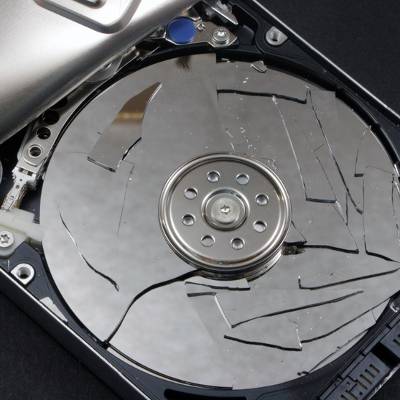In today’s business, the more robust an IT network is the more risk there is of system failure. This comes down to what is known as Murphy’s Law, which states anything that can go wrong, will go wrong. That’s why when coming up with a defense strategy, you need to mix smart IT management decisions with overwhelming redundancy to have a chance. In this week’s blog, we will outline some of the most common reasons for system failure and why you need a data backup solution.
Network Synergy Blog
When you think of downtime, you probably think about the power or your Internet connection going out and leaving you unable to do work. Unfortunately, these are anecdotes that seem benign, but are actually extraordinarily costly. When interruptions to your business’ computing infrastructure are constantly hindering productivity, you need to come up with a solution.
For the average business, upgrading technology comes with some risks. Will you get the return on your investment back fast enough to make your investment worthwhile? Will the technology solve the operational problems you are trying to confront? Do you have the available capital to make significant upgrades? These questions and more can keep a business from taking advantage of the amazing benefits many new technologies can bring. Today, we thought we’d outline four signs that will tell you when it’s time to upgrade your business’ technology.
In managing business technology, we are always talking about downtime--how expensive downtime is, how downtime hurts productivity, how there are a multitude of separate situations that can cause downtime. That kind of doom and gloom may not get you to act, but it may just put you off. Today, instead of downtime, we thought we would talk about uptime.
It’s imperative that you keep your IT infrastructure under control, but many organizations push it to the side. The problem is that ignoring IT often makes it so that you aren’t properly evaluating your technology infrastructure and support, meaning that you could be wasting time and resources that would be better spent elsewhere. Ask yourself the following questions to determine whether or not your IT systems are being maintained properly.
Business owners try to avoid downtime like the plague, but it’s often a challenge to do so. The impact of downtime can be devastating for even the most well-to-do business, and this is even more so the case when you bring profits and bottom lines into view. We’ll take a look at how you can calculate the cost of a downtime event.
A common server problem is... what was it again? Oh, right. Memory failure!














